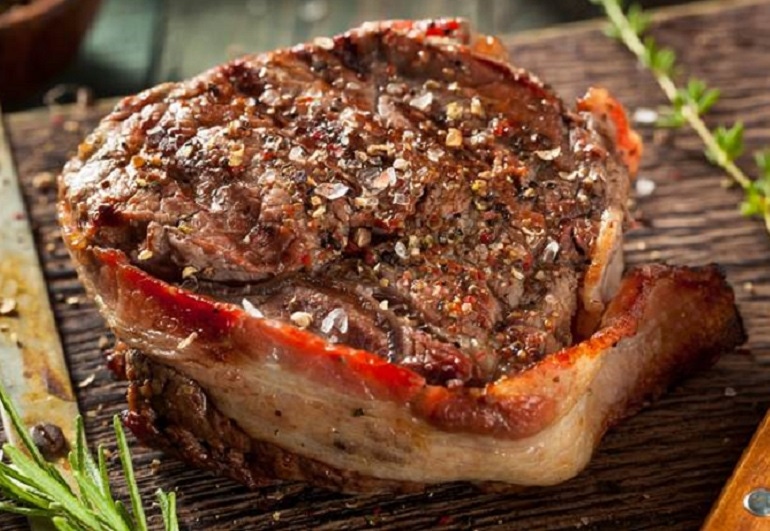Product quality most cited strength of steer and heifer sector.

Data from the 2016 National Beef Quality Audit (NBQA) suggests the beef industry continues to improve the quality of its products, but there is still room for improvement. Results from the research were presented this week at a session during the 2017 Cattle Industry Summer Meeting in Denver.
The research, funded by the Beef Checkoff Program, has been conducted every five years for the past quarter century, and provides a set of guidelines and measurements for cattle producers and others to help determine quality conformance of the U.S. beef supply. NBQA results through the years have helped lead to improvements in cattle and beef production, including reductions in carcass blemishes and fewer lost opportunities related to branding and other practices.
The 2016 results showed food safety remains the top priority across all sectors, as many expressed the belief that it is part of doing business in the beef industry. Compared to the 2011 NBQA, however, more companies across the board are requiring food safety guarantees. In fact, about 50% of foodservice companies in the latest survey stated they required some guarantee of food safety before they would conduct business.
“Food safety is everything. It’s paramount. End of story,” one packer said in his survey response.
Eating satisfaction, which is primarily defined as “customer satisfaction” and is highly dependent upon quality meat, was ranked second by all marketing sectors except packers, who ranked lean, fat, and bone second. Compared to the 2011 audit, a greater percentage of companies were willing to pay a premium for guaranteed quality attributes, the 2016 results showed. Specifically, tenderness and flavor continue to be the two beef quality factors that drive customer satisfaction.
“All of the forks of the organization come down to customer satisfaction. It’s what we hang our hat on,” a further processor said.
Responses showed consistency in size was more important than increase in size and while branded beef items seem to address the consistency issue, uniformity of product size remains a challenge in the commercial beef market, the report said. “Large carcasses are making it harder for further processors to meet customer specifications for thickness and weights. This is partially reflected in the fact that 66% of further processors would be willing to pay a premium for a guaranteed weight and size.”
Despite the challenge of size consistency, product quality was the most cited strength of the steer and heifer sector of the beef industry by the entirety of supply chain sectors.
The 2016 NBQA results also showed a significant increase in Choice and Prime carcasses, a high mobility score for cattle entering packing plants and the fact that the number of blemishes, condemnations and other attributes that impact animal value remain small. Among areas for possible improvement are the fact that there was more bruising (although bruising was less severe) and the fact that more than 30% of livers harvested did not pass inspection and were condemned.
Overall progress from 1995 to the 2016 NBQA research was evident, which the Beef Checkoff said demonstrates that over time cattle producers have made strides to improve the overall quality and consistency of the U.S. cattle supply. However, transparency and communication remain a challenge as the Checkoff said many in the industry don’t fully know or understand the best way to share their story.
“The research proved the beef cattle industry has a great story to tell, but also suggests we aren’t getting that story to as many people as we should,” said Josh White, executive director of producer education for the National Cattlemen’s Beef Association, a contractor to the Beef Checkoff Program. “Utilizing the Beef Quality Assurance program and its principles more uniformly throughout the industry could not only enhance industry commitment to better beef, but would help increase consumer confidence and encourage greater beef demand. This research suggests that carrying the BQA message throughout the industry would benefit every beef audience.”
Read the 2016 National Beef Quality Audit executive summary here.
About the Author(s)
You May Also Like





